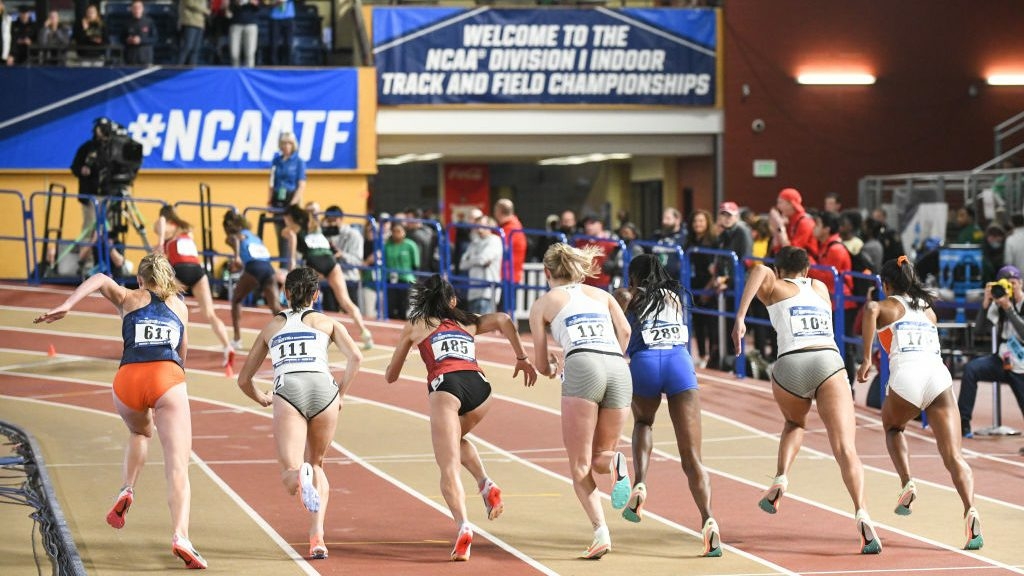Women working in the health and care sector earn almost 25 per cent less than their male counterparts – a bigger gender pay gap than in other economic sectors, two UN agencies said in a new report on Wednesday .
The gender pay gap in the health and care sector: a global analysis in the time of COVID-19 was published by the International Labor Organization (ILO) and the World Health Organization (WHO).
It documents a raw gender pay gap of around 20 percentage points which jumps to 24 percentage points when factors such as age, education and working time are taken into account.
Discrimination a factor
Although much of this gap is unexplained, the agencies said it may be due to discrimination against women, who make up almost 70 per cent of health and care workers worldwide. See the article : Intellect partners with MSIG Hong Kong to provide holistic mental health support to its policyholders.
The report also revealed that wages in health and care tend to be generally lower compared to other sectors, which is consistent with the perception that wages are often lower in areas where women are the majority.
Furthermore, even with the pandemic, and the vital role played by health and care workers during the crisis, only marginal improvements were seen in pay equality between 2019 and 2020.
“The health and care sector has suffered from low wages across the board, stubbornly large gender pay gaps, and very challenging working conditions. The COVID-19 pandemic clearly exposed this situation while also showing how vital the sector and its workers are to keep families, societies and economies going,” said Manuela Tomei, Director of the Working Conditions and Equality Department at the ILO.
Working mothers penalized
The report also found a wide variation in gender pay gaps in different countries, showing that these gaps are not inevitable and that more can be done to close the gap. See the article : Dr. sets. Kekoa Taparra emphasizes the importance of data disaggregation in Pacific Island health.
Within countries, gender pay gaps tend to be wider in higher pay categories, where men are overrepresented, while women are overrepresented in the lower pay categories.
Mothers working in the health and care sector also appear to suffer additional penalties, with gender pay gaps increasing significantly during a woman’s reproductive years and continuing throughout the rest of her working life.
Sharing family duties more equitably between men and women could lead to women making different job choices, according to the report.
The analysis also examines the factors driving the gender pay gap in the health and care sector.
A healthcare worker prepares a COVID-19 vaccine at a hospital in Mogadishu, Somalia.
Dialogue and action
Differences in age, education and working time, as well as the difference in the participation of men and women in the public or private sectors, only address part of the problem. To see also : As sports elites think again about trans participation, our only demand is for justice.
The reasons why women are paid less than men with similar labor market profiles remain, to a large extent, unexplained by labor market factors, the report said.
Ms Tomei expressed hope that the report will trigger dialogue and policy action as there will be no inclusive, resilient and sustainable post-pandemic recovery without a stronger health and care sector.
“We cannot have better quality health and care services without better and fairer working conditions, including fairer wages, for health and care workers, the majority of whom are women,” he said.
Jim Campbell, Director of the WHO Health Workforce, added that the report includes success stories in several countries, including pay rises and political commitment to pay equity, which show the way forward.
“Women make up the majority of workers in the health and care sector, yet in far too many countries systemic biases lead to harmful pay penalties against them,” she said.
“The evidence and analysis in this ground-breaking report must inform governments, employers and workers to take effective action.”
How does gender inequality affect development?
Men who are less able than women have better access to education, political, social and economic resources, and the labor market, and therefore to economic opportunities. Thus productivity, capital accumulation, technological progress and the institutional framework of production are all affected by gender inequality.
Does gender inequality reduce growth and development? The results suggest that gender inequality in education has a direct impact on economic growth by reducing the quality of human capital on average. In addition, economic growth is indirectly affected by the impact of gender inequality on investment and population growth.
Why is inequality a problem for development?
Widening inequality also has significant implications for macroeconomic growth and stability, it can concentrate political power and decision-making in the hands of a few, lead to sub-optimal use of human resources, cause political and economic instability that reduces investment, and raise crisis risk.
How does gender inequality impact development?
A model by Cavalcanti & Tavares (2016) suggests that gender inequality in wages leads to a gender gap in employment, which reduces growth directly by depressing female participation, and it reduces growth indirectly through fertility higher and lower investment.
How gender inequality can affect development in a developing country?
In many developing countries, a difference in access to quality education between girls and boys has a detrimental effect on girls’ ability to build human and social capital, reducing their job opportunities and wages in the labor markets.
How does gender influence natural resources?
One of the main factors that has created a differential impact between men and women is the unequal access to ownership and management of natural resources, which creates a gender gap in the governance of natural resources (understood as the governance of ownership, allocation methods and distribution of natural resources). the costs and…
What is man’s role in natural resources? In many parts of the world, men are often seen as the official decision makers in the community and have power and control over the way natural resources are managed. As such, program staff tend to talk to the men when assessing the needs of communities.
How does gender affect the environment?
The Gender and Environment Link Gender inequalities, such as weak rights to own land and less access to energy, water and sanitation facilities for women, have a negative impact on human health, the environment and sustainable development.
Does gender affect our access to resources?
Due to gender inequality and discrimination, women have less access and control over resources. This study was used to study the availability of resources (Income, Food, clothing, household appliances and Animal resources) in the selected rural households.
What is the main goal of gender equality in SDG?
The aim of Goal 5 is to eliminate all forms of discrimination and violence against women in the public and private sectors and undertake reforms to give women equal rights to economic resources and access to property ownership.
What is the main aim of gender equality? Gender equality is achieved when women, men, girls and boys have equal rights, conditions and opportunities, and the power to shape their own lives and contribute to the development of society. It is a matter of fair distribution of power, influence and resources in society.
What is the goal end goal of gender and development?
These are the 17 sustainable development goals in the 2030 Agenda: SDG 5 aims to “ensure quality sex and empower all women and girls”, or simply on “Gender Equality”. It has nine (9) targets and fourteen (14) indicators.
Why has gender become an essential part of the SDGS?
Women play a vital role in preventing conflict and building and maintaining peace. By fully protecting women’s rights, peaceful and inclusive societies will be within reach. Using adequate resources will be essential for achieving the gender equality commitments of the 2030 Agenda.
What means gender equality?
Sexual equality, also known as sexual equality or gender equality, is the state of equal access to resources and opportunities regardless of gender, including economic participation and decision-making; and the state of valuing different behaviours, desires and needs equally, regardless of gender.
What is gender equality with an example? Gender equality in the workforce means getting equal pay for equal work, regardless of gender. It also means that if a woman takes time off work to take maternity leave, for example, she will not be penalized when she returns to work.
What is the meaning of gender equity?
Gender equity is the process of being fair to women and men. To ensure equity, strategies and measures must often be available to compensate for women’s historical and social disadvantages that prevent women and men from otherwise functioning equally. Fairness leads to equality.
What is the word for gender equality?
gender equality, also known as gender egalitarianism, gender equality, or sexual equality, the state of equality regardless of an individual’s gender. Gender equality addresses the tendency to attribute, in various settings across societies, different roles and status to individuals based on gender.
What do you mean by equal equality?
Equality is the state of being equal, especially in terms of status, rights and opportunities. Although the world has made great strides towards gender equality and women’s empowerment, women and girls continue to suffer widespread discrimination and violence especially in conflict situations.



